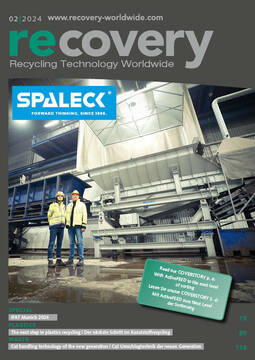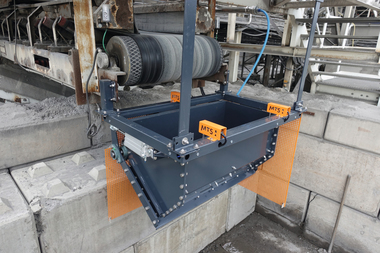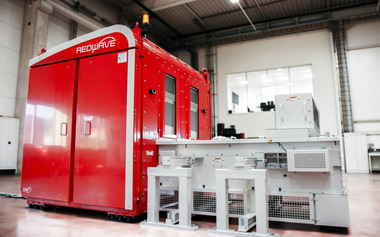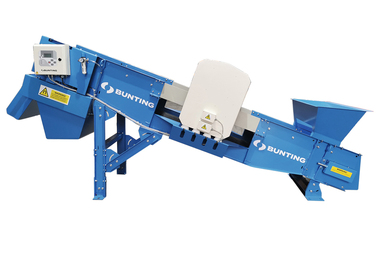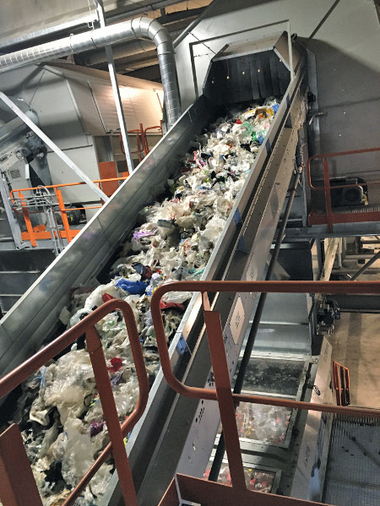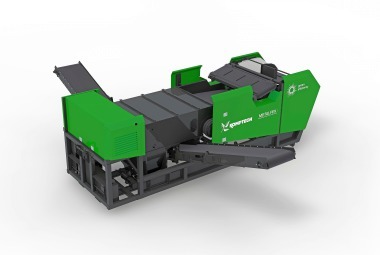Precise quantity recording in processing technology
Like old electronic devices, many „waste“ from industry also contains metals that are simply too valuable to just „dispose of“. For this reason, considerable effort is made in modern processing plants to recover these valuable metals as well as the plastic fractions they contain. Precious metals such as gold, silver and copper are valuable materials that generate a high yield and therefore justify costly recycling.
One of the leading companies in the field of metal recycling, M+R Recycling Solutions GmbH, has been involved in the processing of electronic scrap, non-ferrous mixtures and shredder fines for many years. A new processing plant has now been built at the Bergkamen site. The new plant processes shredder fines (screen drum material) from the automotive industry. The shredder fines fraction is a special non-ferrous metal-containing fraction. It is produced in large shredders during the processing of end-of-life vehicles, industrial and collection scrap as well as so-called ‚white goods‘. This screen drum material contains up to 30% metals, which are recovered by type in the newly constructed plant. The shredding and separation process also produces light fractions such as fibers, light plastics and similar products. After shredding, these are discharged from the plant via air separators or cyclone separators and thus separated from the metallic shredder material.
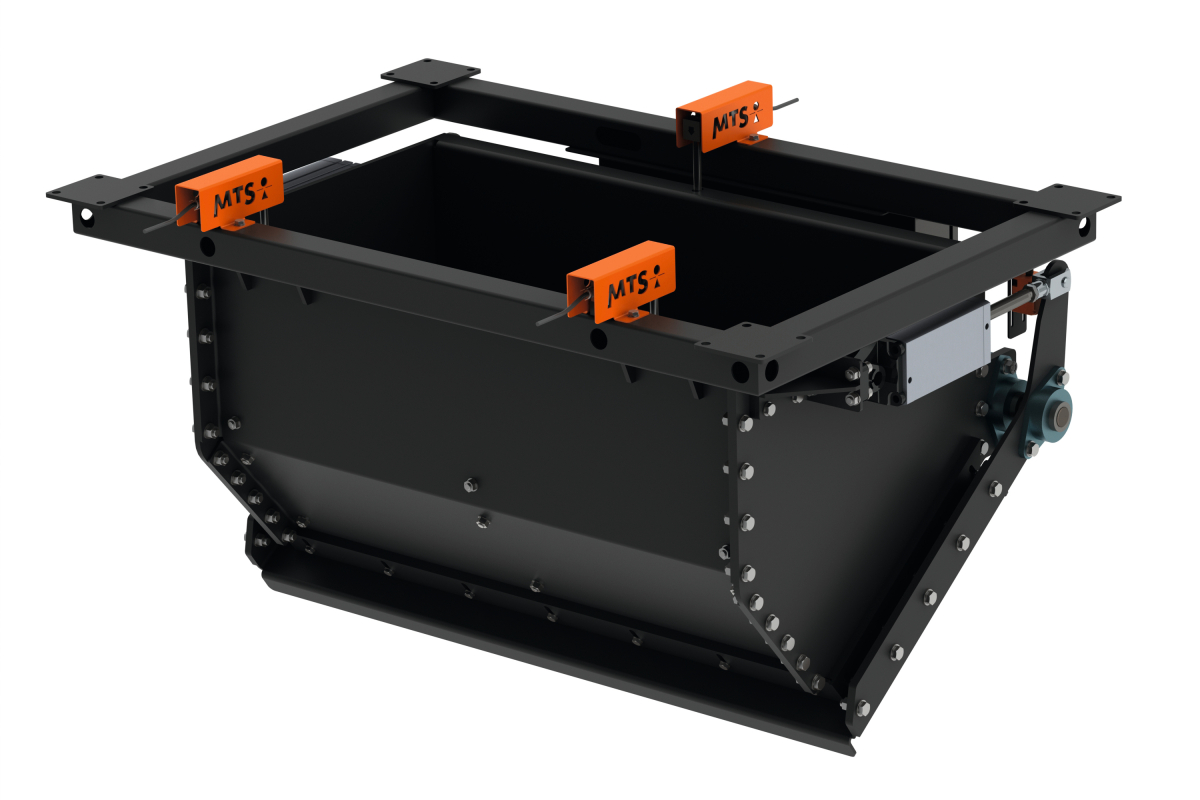 Robust CDW hopper scales
Robust CDW hopper scales
© MTS
During the treatment process, the quantity of recovered metals should also be precisely recorded. At the end of the treatment process, these are transported into material boxes via screw conveyors. Due to the value of the recovered metals, precise weighing was required.
MTS MessTechnik Sauerland GmbH supplied robust CDW hopper scales for six production lines. The CDW is ideal for conveying capacities of up to 5 m³/h and very precise weighing of fine to coarse-grained bulk materials.
The CDW weigher consists of the weighing hopper, a support frame and a discharge flap mounted on one side. The support frame is permanently installed at the discharge of the feed conveyor, while the actual weighing hopper is suspended in the support frame by means of three load cells. The discharge flap is opened and closed by two powerful pneumatic cylinders. The position of the flap is also monitored by a proximity switch.
The scales are installed at the discharge point of the screw conveyors and collect the metals in the weighing container. Once the specified weight value has been reached in the container, the feed via the screw conveyors is stopped briefly, enabling precise weighing. At the same time, the container weight is recorded exactly and transferred to the totalizer before the container is emptied and the flap is closed again. The next cycle starts again. Up to 40 weighing cycles can be performed per hour – depending on the conveying volume and the bulk material weight. As only the difference between the full and empty weight values is recorded, minor material build-up in the weighing container does not affect the accuracy. Weighing is carried out statically and achieves a very high measuring accuracy of < +/- 0.5 to 1 %.
The ModWeigh Batch evaluation system controls filling and emptying and evaluates the load cell signals. On the one hand, the ModWeigh records the weight value of the weighing hopper and totalizes the individual batch values in the totalizer. At the same time, the ModWeigh also calculates the throughput quantity in kg/h from the weight values of the individual batches and the time intervals determined for weighing. The discharge flap is also controlled via the ModWeigh. The measurement data can also be transmitted to the customer‘s process control system in all standard protocols via a fieldbus interface. Profinet was selected as the interface for this application.
Conclusion: The six CDW hopper scales were put into operation by MTS in July 2023. Since then, the scales have been working reliably and ensure very accurate weighing of the metal fractions immediately after the treatment process. No additional work is required to manually reweigh the individual fractions.

